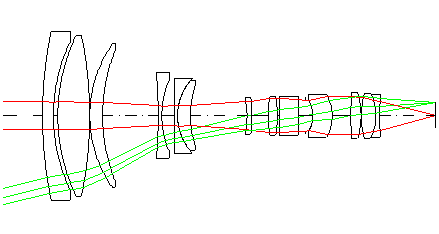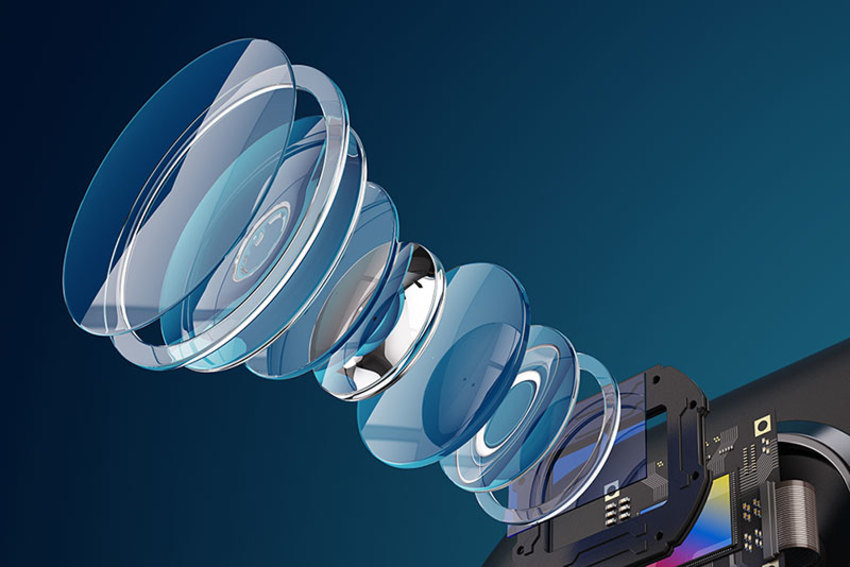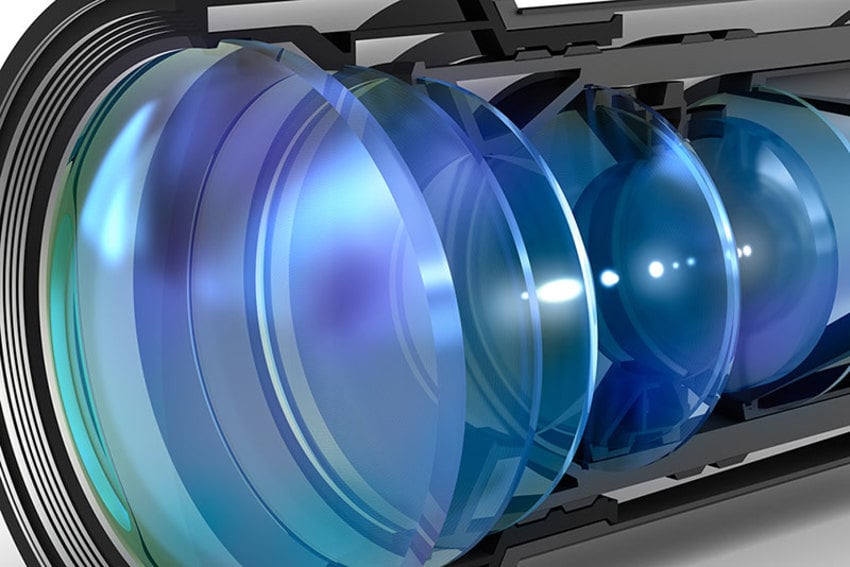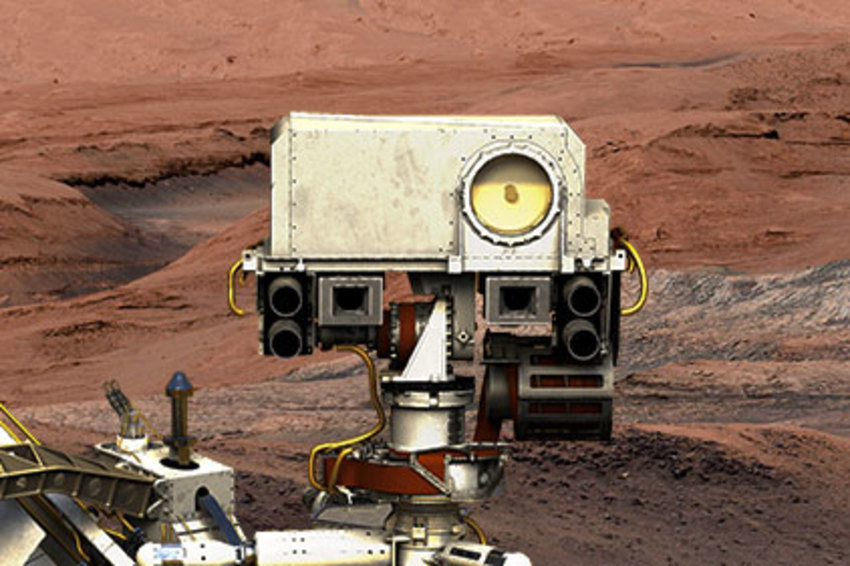Explore challenges and solutions in AI chip development
Optics for Kids - Concave vs. Convex Lenses
Click on the topics to start learning!

What are Lenses?
Lenses bend light in useful ways. Most devices that control light have one or more lenses in them (some use only mirrors, which can do most of the same things that lenses can do).
There are TWO basic simple lens types
Convex Lens
CONVEX or POSITIVE lenses will CONVERGE or FOCUS light and can form an IMAGE
Concave Lens
CONCAVE or NEGATIVE lenses will DIVERGE (spread out) light rays


You can have mixed lens shapes, too

See a demonstration (opens a new window) of what happens to the light path when you combine several convex or concave lenses.
Usually, light travels perfectly straight, until something bends it. The straight paths of light are called LIGHT RAYS.
Simple or Complex Lenses?
Simple lenses can't form very sharp images, so lens designers or optical engineers figure out how to combine the simple types to make complex lenses that work better. We use special computer programs to help us do this because it can take BILLIONS and BILLIONS of calculations.
These devices use these types of lenses. Can you guess what they are? (Mover your cursor over the image to see the answer.)
Magnifying Glass: A Simple Optical Device
This diagram shows how a magnifying glass bends light rays to make things look bigger than they are. Many optical devices use the same basic idea of bending the light to fool your eye and brain so light LOOKS like it came from a different (usually larger or closer) object.

See a cool Flash demonstration of simple magnification from the Molecular Expressions website (opens a new window, requires a Java plug-in). Move the magnifying glass up and down.
Take a Quiz!
Lenses are everywhere and have a purpose. See if you can figure out what lens is used to...
Optics in Astronomy and Space Exploration
Optics has a long history when it comes to astronomy and space exploration. Galileo (1564-1642) was one of the first to use a small telescope to look at the Moon and other objects in the night sky (the first to report his observations anyway).

He discovered...
- That the Moon has mountain-like features
- That Jupiter has its own moons
- Dark areas on the sun, called "sunspots"
- That planets appear as small disks in telescopes since they are relatively close, and not like stars with always look like points since they are so far away.
Better ground based telescopes and special optical instruments such as spectrometers enabled people to discover many secrets of the universe, and ground based telescopes and scientific optical instruments continue to be used and improved even today.
But since 1957, optics has also been an important part of the Space Age, starting with ground-based telescopes used to track rockets and satellites. Soon after there were Earth satellites with cameras, telescopes, and other optical instruments, many to look back at Earth, and many more to look at the stars and planets. A little later the US and the then Soviet Union also started to send spacecraft out of Earth orbit to visit the Moon, Venus, Mars, and eventually all the planets except Pluto (a NASA probe is on its way to Pluto now, due to arrive in 2015).
The Hubble Space Telescope is perhaps the most famous space-based optical system, and several engineers at ORA actually worked on the design and other aspects of the repair optics. We even won a NASA Public Service Group Achievement for this and other space-related work). See this website to learn more on how the Hubble works.


Another telescope, the James Webb Space Telescope, will be launched in October this year (2021). It will be able to detect and study faint galaxies in the early universe like no instrument before it. In our own galaxy, it will also be able to penetrate the visibly opaque dust and gas of stellar nurseries and probe the atmosphere of exoplanets.
If you are interested in learning about other planets, perhaps we'll learn more from the Mars rovers. Most recently, the Synopsys optical engineering team designed the Mastcam-Z zoom lens for the Mars Perseverance rover that landing on Mars in February 2021. The Mastcam-Z instrument, which functions as the rover’s mast-mounted scientific “eyes.” The “Z” in Mastcam-Z stands for “zoom.” It represents a milestone in the history of space exploration: it’s the first zoom lens system to be included on a deep space instrument.











